iPhone 3G S to use PowerVR SGX GPU core for OpenGL ES 2.0
The report detailed an unusual manufacturing license agreement Imagination made with Samsung to integrate new PowerVR SGX graphics cores into multiple core, System on a Chip (SoC) devices built by Samsung.
While Samsung had a design license for Imagination's earlier MBX graphics cores, it only obtained the capacity to manufacture the new SGX technology. The design rights to SGX were retained by another party in a deal shrouded in secrecy.
In July 2007, Imagination had reported in a press release that its next generation graphics and video IP cores had been licensed "to an international electronics systems company under a multi-use licensing agreement." Imagination also reported that "the SoCs to be developed under this license agreement will be produced for this new partner by Imagination’s existing semiconductor partners and/or new chip manufacturing partners."
The electronics system company was not named, but AppleInsider reported at the time that "the fact that this 'electronics system company' was both a 'new partner' and not itself a chip manufacturer strongly suggests that the international electronics mystery company was in fact, Apple, Inc., which stands among very few other companies as new to mobile graphics core licensing yet dependent upon third party manufacturers who are already Imagination partners."
Apple outed as Imagination investor
In September, AppleInsider again linked Apple to another release from Imagination in which a still unnamed "international electronic systems company" had acquired a multi-year, multi-IP, multi-use licence agreement for its current and future portfolio of PowerVR mobile graphics components, including the next generation PowerVR SGX VXD video IP cores.
"Those parts will introduce OpenGL ES 2.0 support, along with a Universal Scalable Shader Engine that will provide mobile devices with highly efficient, shader-based 3D graphics. The new core is not only backwards compatible with code developed for MBX (used in the current iPhone and iPod touch), but will also run existing code with better performance and efficiency," the article said.
The identity of Apple as the mysteriously secret licensee which had secured unique Imagination technology for its own exclusive use using Samsung to manufacture the new 'System on a Chip' parts for future models of the iPhone was later confirmed last December, when AppleInsider reported that Imagination had announced the purchase of 8 million shares of the PowerVR developer and had separately cited Apple as "a licensee of Imagination’s technology."
iPhone 3G S and OpenGL ES 2.0
Sources have now reported that Apple has detailed that Imagination's PowerVR SGX is indeed the graphics processor used in the iPhone 3G S, and that it is "designed for OpenGL ES 2.0." The new 2.0 specification of OpenGL for Embedded Systems eliminates most of the fixed-function rendering pipeline for a programmable approach to 3D rendering using shader programs.
"Almost all rendering features of the transform and lighting pipelines, such as the specification of materials and light parameters formerly specified by the fixed-function API, are replaced by shaders written by the graphics programmer. As a result, OpenGL ES 2.0 is not backwards compatible with OpenGL ES 1.1," according to the OpenGL ES entry appearing in Wikipedia.
To maintain compatibility with the OpenGL ES 1.1 used in existing iPhone and iPod touch devices, "the graphics driver for the PowerVR SGX also implements OpenGL ES 1.1 by efficiently implementing the fixed-function pipeline using shaders," sources report. This indicates that games and other applications unique to the iPhone 3G S and other future models of the iPhone and iPod touch are likely to arrive that will either be exclusive to the new model, or more likely, will support improved 3D graphics on the new device while still working on previous models using the older fixed-function 3D pipeline.
 Prince McLean
Prince McLean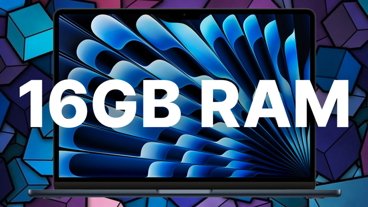
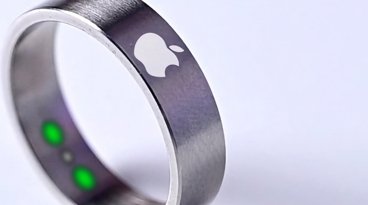


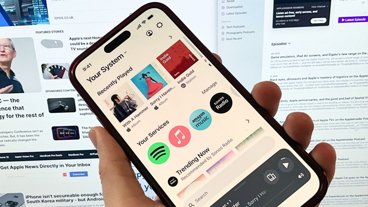


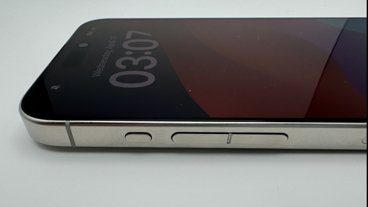

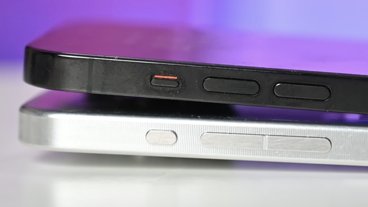



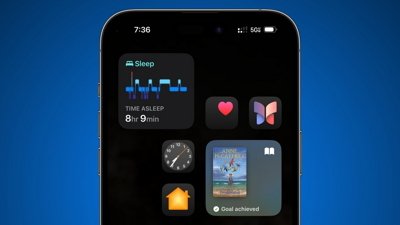
 Amber Neely
Amber Neely
 Thomas Sibilly
Thomas Sibilly
 AppleInsider Staff
AppleInsider Staff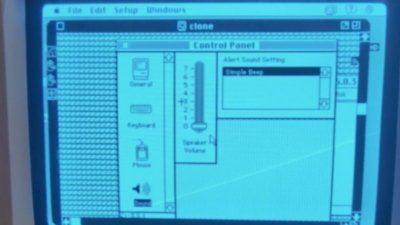
 William Gallagher
William Gallagher
 Malcolm Owen
Malcolm Owen
 Christine McKee
Christine McKee
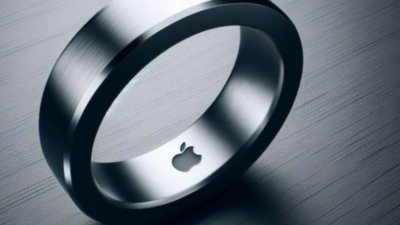




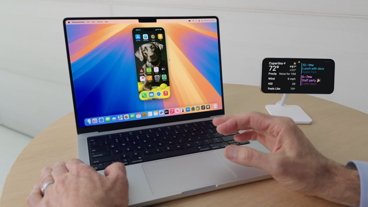
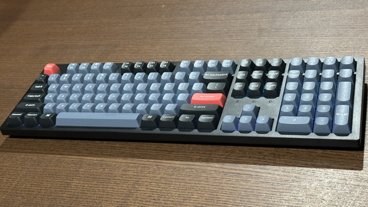



54 Comments
would have liked a little bar graph displaying speeds of old code on old chip, old code on the new chip and new code on new chip.
would have liked a little bar graph displaying speeds of old code on old chip, old code on the new chip and new code on new chip.
Old Chip :: ---------
New Chip :: -------------------------
Just messing with you. I look forward to seeing benchmarks, too.
PowerVR SGX rock's.
Old Chip :: ---------
New Chip :: -------------------------
Just messing with you. I look forward to seeing benchmarks, too.
Not a surprise, but a great thing anyways. Do we know what model it is? like SGX530 like OMAP3?
Just as important is what the new CPU is.. I'm guessing Samsung has a manufacturing license for the ARM Cortex-A8 core? Whats interesting is that Samsung's website still only has the iPhone 3G's chip listed as the only ARM11 they have, and there is no ARM Cortex chips at all. Perhaps Apple isn't going through Samsung anymore? Do you think they went through a different provider or actually had a custom chip fabbed?
although it is unlikely in the iPhone 3GS because of the time frame, apparently Apple does now have a *design* license with ARM now, so PA Semi could actually be designing custom Cortex-like cores that are compatible with ARMv7 instruction set. This is exactly what Qualcomm did with Snapdragon. Instead of having an off-the-shelf Cortex-A8 core integrated with Qualcomm DSPs and cellular components, the Snapdragon actually has a custom core that runs ARMv7 instruction set code. Apparently it is pretty similar to the standard Cortex-A8, but even faster. They also have a 45nm dual-core Snapdragon (1.5ghz!) that also uses custom Cortex-A9-like cores.
Anyways, I wouldn't doubt that PA Semi is working on some ARMv7-compatible Superchip for the iTablet.